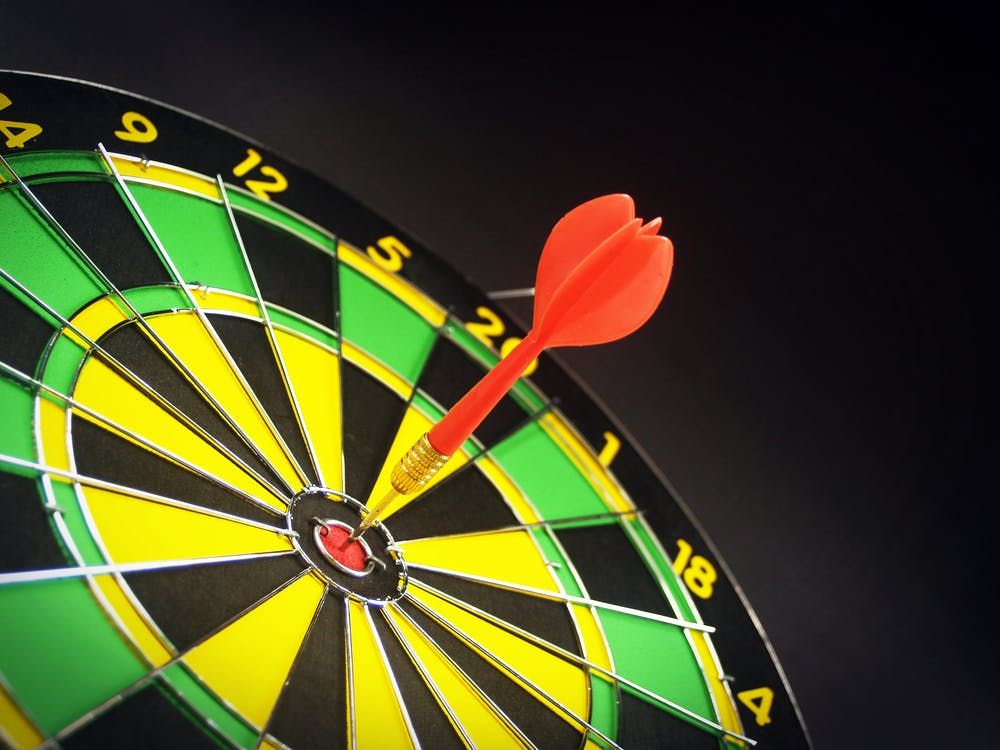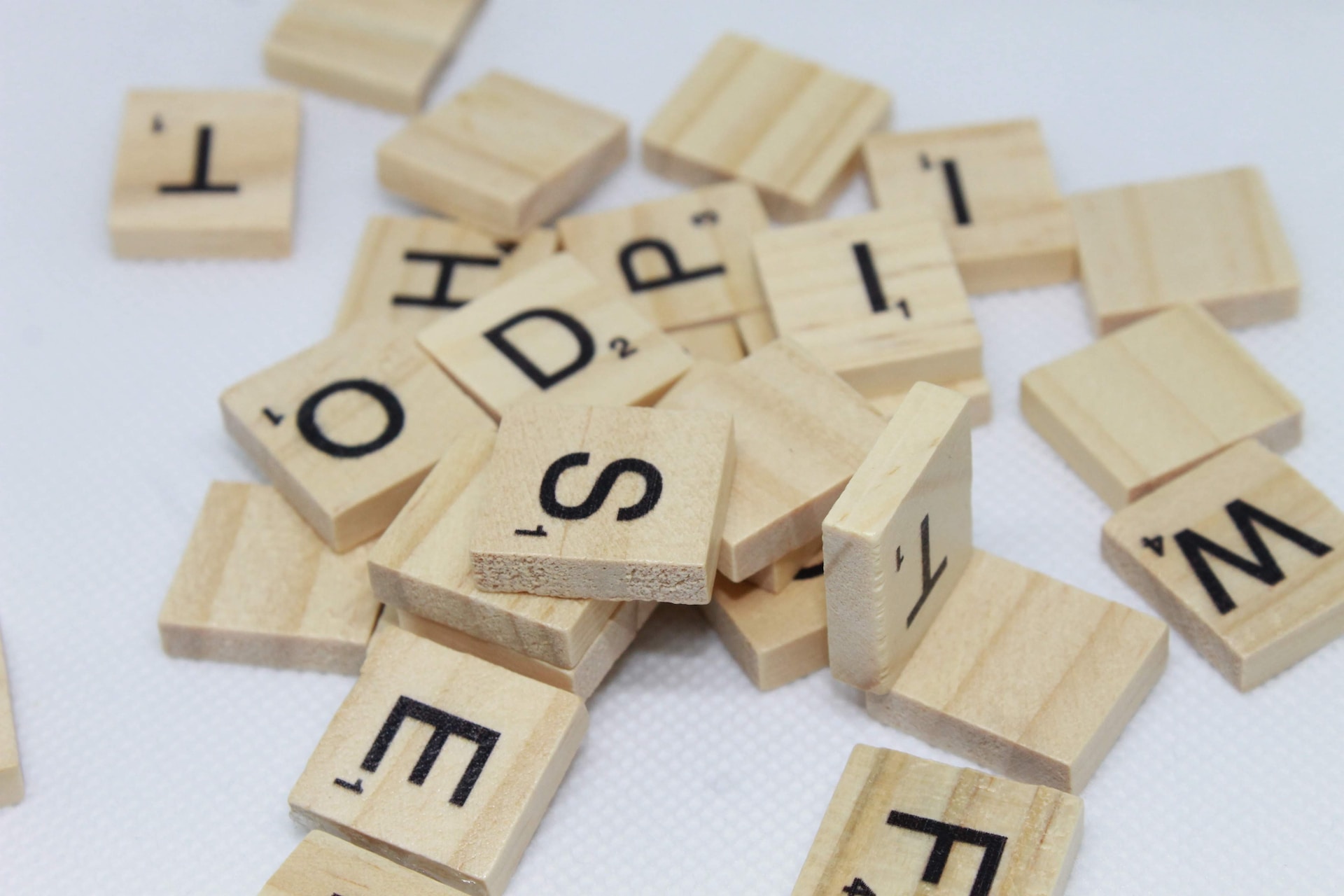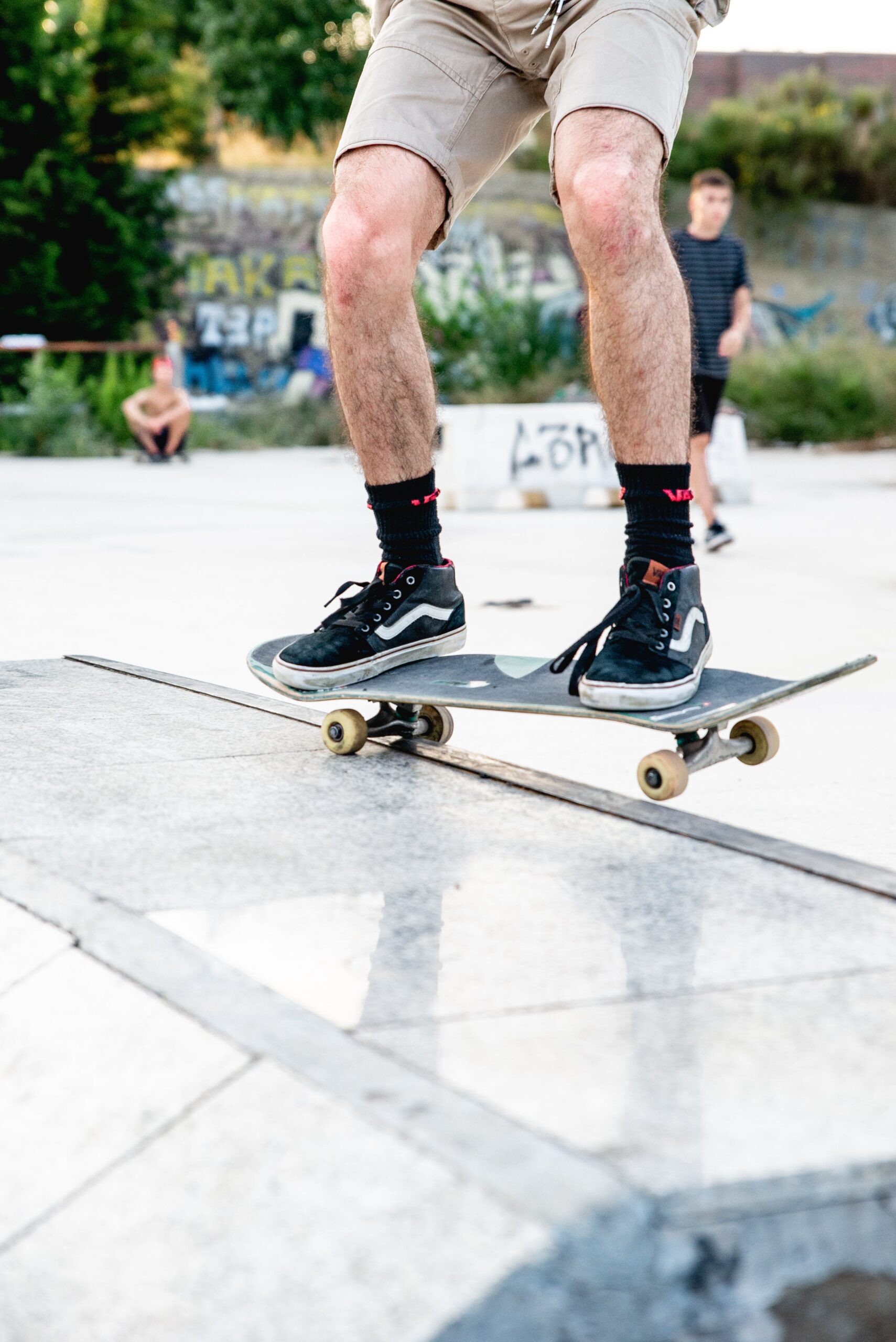How High is a Dart Board

Introduction
Whether you’re playing darts at a professional or at a recreational level, following the rules of darts as stipulated by the various governing bodies is very critical to your success. Due to this reason, most darts enthusiasts have been left with an enormous assignment revolving around this game such as determining how high is a dart board.
You see, in darts, there are very many games you can enjoy such as cricket, 501, 301 and killer among others. For you to enjoy each of these games, it’s quite imperative that you follow the basic rules to the latter. These rules are in accordance with the World’s Primary Darts Governing Bodies such as the WDF (World Darts Federation), BDO (British Darts Organization), and the PDC (Professional Darts Corporation). So, with that said, if you’re planning to set up a private dartboard for training, professional use, or for recreation purposes, here are the official measurements you need to adhere to to ensure that your darting experience isn’t fizzled out. Also, here are some of the best steel tip darts you can buy online.
How High is a Dart Board: Step by Step Guide
So, if you’ve been struggling to hang your dartboard according to the Official Dartboard Regulations, then this short guide will discuss everything you need to know including dealing with various dartboards such as electronic, soft tip boards and dartboards for players with disabilities.
Dartboard Height
This is one of the factors you need to be really keen on when hanging your dart. Thankfully, by following the official measurements as they’re recognized internationally, the height of the board from the floor to the center of the bullseye should be 5 feet 8 inches (1.73 meters). This height is usually the same regardless of whether you’re hanging an electronic or a classic dartboard.
Horizontal Throw Line
Once you’ve determined the vertical measurements, the next step is to measure the horizontal throw line that will provide the distance to which each player will be throwing the darts from. Unlike the height of the dartboard, the horizontal distance is subject to change depending on the type of dartboard you’ll be using.
For instance, if you’re using a steel tip dartboard, the horizontal distance should be 7 feet 9 ¼ inches (2.37 meters). On the other hand, if you’re planning to use a soft tip dartboard, then the horizontal distance should be 8 inches (2.44 meters).
Note: When taking these measurements, it’s imperative that you measure the distance from the face of the dartboard and not from the wall. You can do this by dropping a string on the floor and measuring the distance from the face of the dartboard. Once you’ve recorded the right measurement, you can mark the throw line which is the oche.
Diagonal Throw Line
The last measurement you’ll need to take when determining the height of a dartboard is the diagonal distance. This measurement is usually considered as a secondary measurement and it’s usually used to verify the vertical and the horizontal measurements. Just like the horizontal measurement, the diagonal measurement is variable depending on the type of dartboard you’re mounting.
For instance, if you’re dealing with a steel tip dartboard, the diagonal distance should be 9 feet 7 3/8 inches (2.93 meters) while for the case of a soft tip dartboard, the distance should be 9 feet 9 ½ inches (2.98 meters).
To take this measurement, you can ask a friend to hold a tape measure at the bullseye to measure the diagonal distance to the oche or you can use a Pro-Line measuring tape in case you’re working on your own.
Wheelchair Measurements
Now, the height of the dartboard we’ve just discussed is for an average adult standing. What will happen if someone is seated in a wheelchair? Now, according to Russ Strobel, the game of darts needed to be more user-friendly to disabled players as well. In this regard, Russ presented a recommendation to the Australian Dart’s Board for a dartboard height that would be suitable for players seated on wheelchairs.
In his recommendation, Ross proposed a measurement of 4 feet 6 inches that would represent an average person seated in a wheelchair. Thankfully, after years of thorough review and consideration, Russ’s proposal was finally approved by the Australian Darts Organization and in October 2012, the World Darts Federation approved this measurement as the new height for players with disabilities. Although the initial measurements were 136.5cm, Russ added 0.5cm to these readings to make it 137cmwhich was much easier for people to read.
How to Mount a Dartboard
Now that you have all the measurements ready, the final step is to mount your dartboard on the wall. Depending on your choice, you can opt to mount the dartboard in your bedroom, garage, basement, living room, attic, or hallway. Before you commence, you need to be really careful with the spacing. You need to ensure there’s enough space where players can stand as well as ample space to hold missed darts.
If you’re thinking of mounting the dartboard inside a cabinet, then there are different cabinets you can consider though they come in varying shapes and sizes. If you’re dealing with an electronic dartboard, then you must consider mounting it close enough to an electrical outlet.
So, to mount your dartboard on a wall, you’ll need an electric drill, a pencil, and a tape measure. You’ll also need 3 mounting feet, 1 mounting bracket, 3 stabilizer screws, and 2 mounting bracket screws.
To begin, attach the dartboard on the wall then ask a friend to trace its circular shape. This must be done by first measuring the proper height of the board from the floor which is 5ft. 8-inches.
When you’re done, apply the mounting feet at the back of the dartboard in a triangular formation. Screw the three mounting feet tightly around the dartboard’s perimeter using stabilizer screws.
Next, screw the dartboard’s mounting screw into the predrilled hole at the center of the dartboard. Drive the screw halfway to leave some space to hang it on the mounting bracket.
Back to the wall, pick your mounting bracket and attach it tightly on the wall using two bracket mounting screws.
Finally, pick your dartboard and place it on the mounting bracket. In case the dartboard is wobbling, you can tighten or loosen the dartboard mounting screw as per your desire.
Conclusion
So, there you have it guys. As you can see, there are a lot of things you need to consider when you think of how high a dartboard should be. Thankfully, this insightful guide has simplified everything up to give you the most fundamental factors you need to think of when installing your dartboard.
As you can see, we’ve discussed the vertical height, the horizontal distance, the diagonal distance, and finally, the height of the dartboard that will suit players seated on wheelchairs. So, whether you’re setting up a dartboard for training purposes, casual or professional dartboard gaming, this guide has offered you everything you’ll need to make the sport playable and more inspiring.




